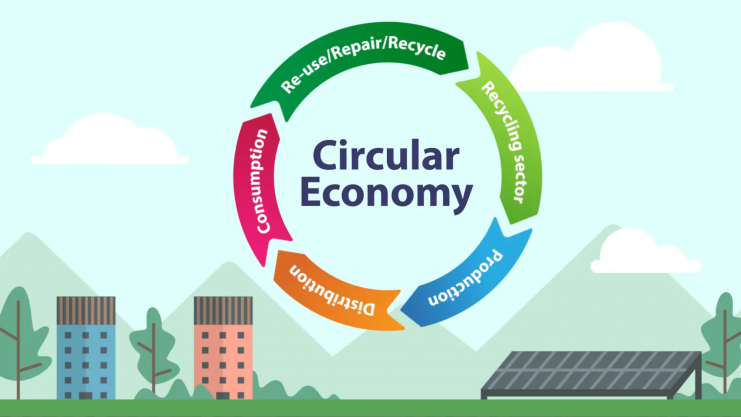
One side effect of the pandemic has been a greater shift toward online shopping, even among consumers who’d normally prefer to try out items firsthand at a retail store. And as you’d expect, this has had the second-order effect of emphasizing the returns process.
While people often return items because they don’t fit, there are many other reasons for doing so. Items could get damaged in shipping. Equally, consumers might also behave in unscrupulous ways. They could seek to exploit hassle-free return policies by effectively ‘renting’ apparel. Maybe they wear items to special events or post their OOTD pictures to social media before shipping them back for a full refund.
Businesses want to give customers the benefit of the doubt and be gracious with the returns process. In truth, they also like to keep things simple. The risk of loss with returns might seem preferable to taking a hands-on role in managing the process. But both consumer and business attitudes need to change as we move towards a different economy altogether.
Everyone loses
Fraudulent returns can put a significant dent in any e-commerce operation. From 2018 to 2019, the industry lost around $27 billion to return fraud, up by 35% from the previous year.
Nevertheless, online retail continues to be profitable on the whole. Businesses figure out ways to clamp down. They can partner with a reverse logistics service that uses data to analyze the true reason for returns and detect abuse patterns.
In this system, everybody loses a little. Companies stem the bleeding of profits but can expect scammers to continue finding loopholes to exploit. They make it a little harder for honest customers to make returns. The relationship erodes a little on both ends.
The biggest losers, however, tend to be the environment and humanity as a whole. Many returned items end up in landfills. It’s a massive waste of the labor and resources that have gone into their creation and the transportation costs involved in sending them around the world multiple times.
In an age of growing awareness regarding global inequality and climate change, consumers want to drive sustainability. They are willing to change various behaviors regarding consumption. It’s time to add product returns to that list.
Changing business operations
Of course, the burden of solving this problem should not have to fall on the consumer’s shoulders. People who make honest returns, complying with a reasonable process, should still claim a refund instead of taking up the task of repurposing or reselling their items.
At some point, companies themselves have to intervene. That starts with re-evaluating the nature of their returns process. For instance, if a business has an arrangement to sell returned items for pennies to a dollar to some intermediary, it might feel absolved of what happens next. After all, as long as that wasted inventory was still in their hands, it wasn’t incinerated or dumped.
Companies need to realize that once returns are passed from their hands, they are not out of sight or out of mind. The increasing scrutiny of consumers will hold them accountable for the practices that take place further down the line.
Moving to a circular economy
Driving this change at ever greater speed is the pandemic itself. Just as it has forced a massive shift to online shopping, it can be expected to magnify the burden of the e-commerce industry’s returns problem.
People avoiding physical stores altogether will make more honest mistakes leading to returns. Opportunistic criminals have already been capitalizing on the pandemic in the form of cyber-attacks; there can be little doubt that like-minded fraudsters will scale up their exploits in product returns.
Things can’t continue this way, and leading researchers worldwide agree that trending towards a circular economy is the most sustainable path forward. As global supply chains contract, companies can’t afford to be wasteful.
Products can’t be manufactured in bulk with the understanding that some percentage will inevitably end up in landfills, despite being in good condition. Instead, companies will need to design them with the end in mind.
That means having a plan for the most optimal use of products that get returned. If cleaning or refurbishing them would be too costly, making resale an unprofitable venture, how do you repurpose them in-house?
One example of such a program would be Nike’s Reuse-A-Shoe. The company accepts scrap footwear, even from other brands, turning it into a material used for court and track surfaces.
Other companies would do well to follow suit and design programs to maximize the value of waste products throughout the lifecycle. Soon, such efficiency might be the only way to operate sustainably and survive.
Meta title: Why Everyone Should Care about What Happens to Returns
Meta desc: Unnecessary, or even fraudulent, returns are costing e-commerce businesses billions of dollars each year. But the truth is that everybody stands to lose if things continue this way. We need to adjust and move toward a circular economy.











